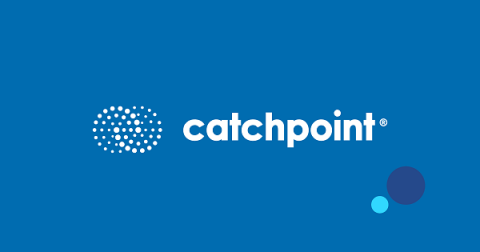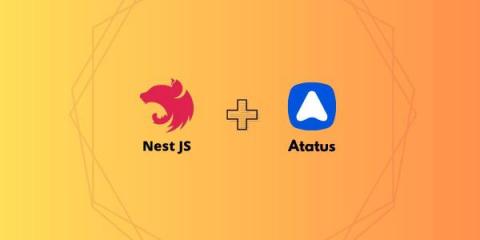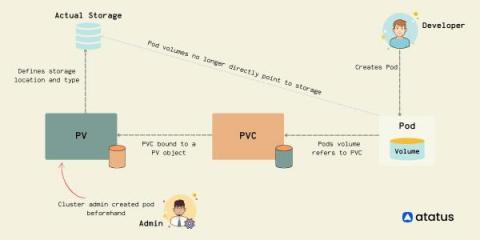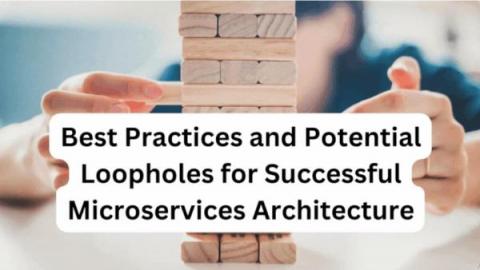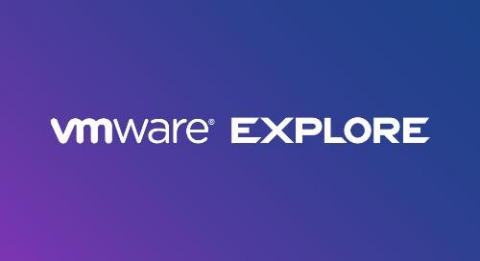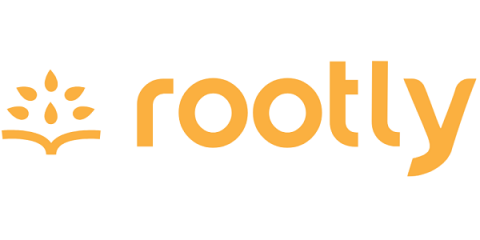Catchpoint recognized in Six Gartner Hype Cycle 2023 Reports
Catchpoint is pleased to announce that Gartner has released six new Hype Cycle reports that mention Catchpoint in respective categories. Gartner Hype Cycles provide a graphic representation of the maturity and adoption of technologies and applications, and how they are potentially relevant to solving real business problems and exploiting new opportunities.


